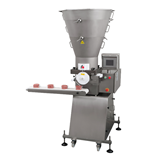Improving fuel economy while concurrently enhancing passenger safety and decreasing production costs are among the most stringent demands upon today’s automobile manufacturers.
In order to meet these requirements, novel grades of advanced high strength Twinning Induced Plasticity (TWIP) steels containing up to 30 wt. per cent manganese have been recently developed. Unlike conventional steels which are either strong but not ductile or conversely, are ductile but lack mechanical strength, TWIP steels exhibit an excellent combination of strength and ductility and represent a major breakthrough for steelmakers.
However, questions regarding the micro-mechanisms that lead to such outstanding mechanical behaviour remain controversial scientific issues. Consequently, TWIP steels have been the object of intense worldwide research activity over the last decade.
Their future adoption by automobile manufacturers hinges on gaining a thorough understanding of the multiple complex deformation mechanisms and thereafter, reducing alloying and production costs for industrial-scale manufacturing.
With the aim of developing UOW’s knowledge base in TWIP steels, a PhD project is ongoing at a UOW Research Strength -- the Engineering Materials Institute (EMI). The groundwork for this research is being undertaken by PhD student Ahmed Saleh under the co-supervision of Professor Elena Pereloma and Dr Azdiar Gazder.
Professor Pereloma is the Director of the BlueScope Steel Metallurgy Centre, the EMI and the Electron Microscopy Centre (EMC) located at the Innovation Campus while Dr Gazder is a Research Fellow at the EMI and EMC.
The initial phase of this project is aimed at understanding the behaviour of TWIP steel after rolling and subsequent heat treatment; along with the methodologies typically employed during the production of sheet metals. The second phase of the project involves understanding the micro-deformation mechanisms controlling TWIP steel behaviour during downstream forming operations.
"Both parts of the project are heavily reliant on our state-of-the-art equipment at UOW’s Faculty of Engineering," Dr Gazder said. "
"These include our recently acquired PANalytical Xpert-PRO X-ray goniometer and our customised JEOL-7001F Field Emission Gun -- Scanning Electron Microscope. These machines are the top of their class and are capable of in-situ observations. They provide us with a unique set of tools to characterise complex crystal-scale mechanisms in near real-time."
In the quest to develop advanced high strength steels, their research is now receiving international recognition. Some of their findings published in two top journals - Materials Science & Engineering A and Scripta Materialia - have been listed in the 'Top 25 Hottest Articles' for April-June and July-September 2011, respectively.
"The publications deal with our in-house developed Electron Back-Scattering Diffraction (EBSD) analysis technique", Saleh said.
"Our methodology has enabled us to deconstruct the mathematical EBSD maps into various constituent parts. This has opened a unique window into the morphological and crystallographic changes occurring in TWIP steel during heat treatment. In some cases this has allowed us to answer a few of the long-standing scientific questions while in other cases, to confirm hypotheses proposed by other researchers."
"Only a handful of key institutions in the world are undertaking similar research. Both Ahmed and Azdiar have been taking full advantage of our modern electron microscopy facilities for their experiments and data analysis," Professor Pereloma said.
"In fact, Ahmed has also been awarded Neutron Diffraction beam time on two successive occasions through a competitive proposal process at the Los Alamos National Laboratory, USA. He is currently working in close collaboration with researchers there in order to model the in-situ deformation behaviour of this special steel."
"Ahmed will complete his PhD by September this year. So we are in the process of publishing his work on Neutron Diffraction – which incidentally also confirms our findings at the EMC," Dr Gazder said.
"We hope to provide steelmakers and the car industry with a commercially viable niche product -– affordable, lightweight TWIP steel with absolutely unique mechanical properties."

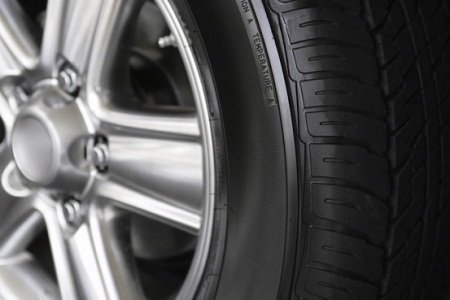
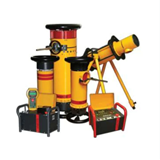
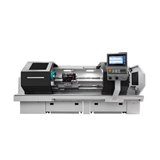


-160x160-state_article-rel-cat.png)




-160x160-state_article-rel-cat.png)
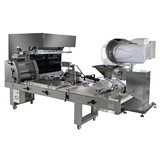



-160x160-state_article-rel-cat.jpg)


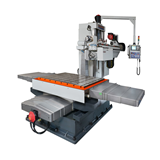
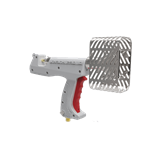


-160x160-state_article-rel-cat.png)
